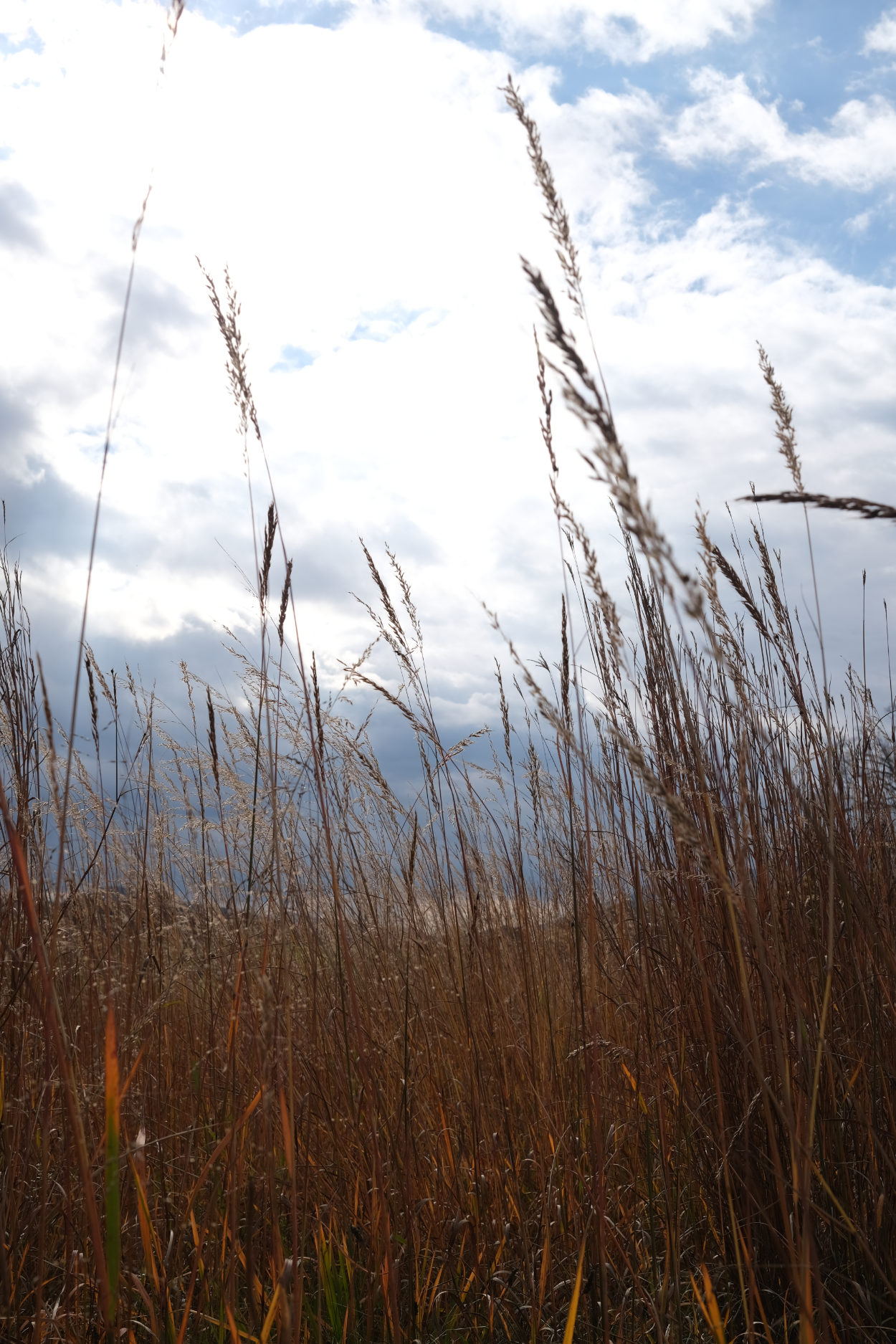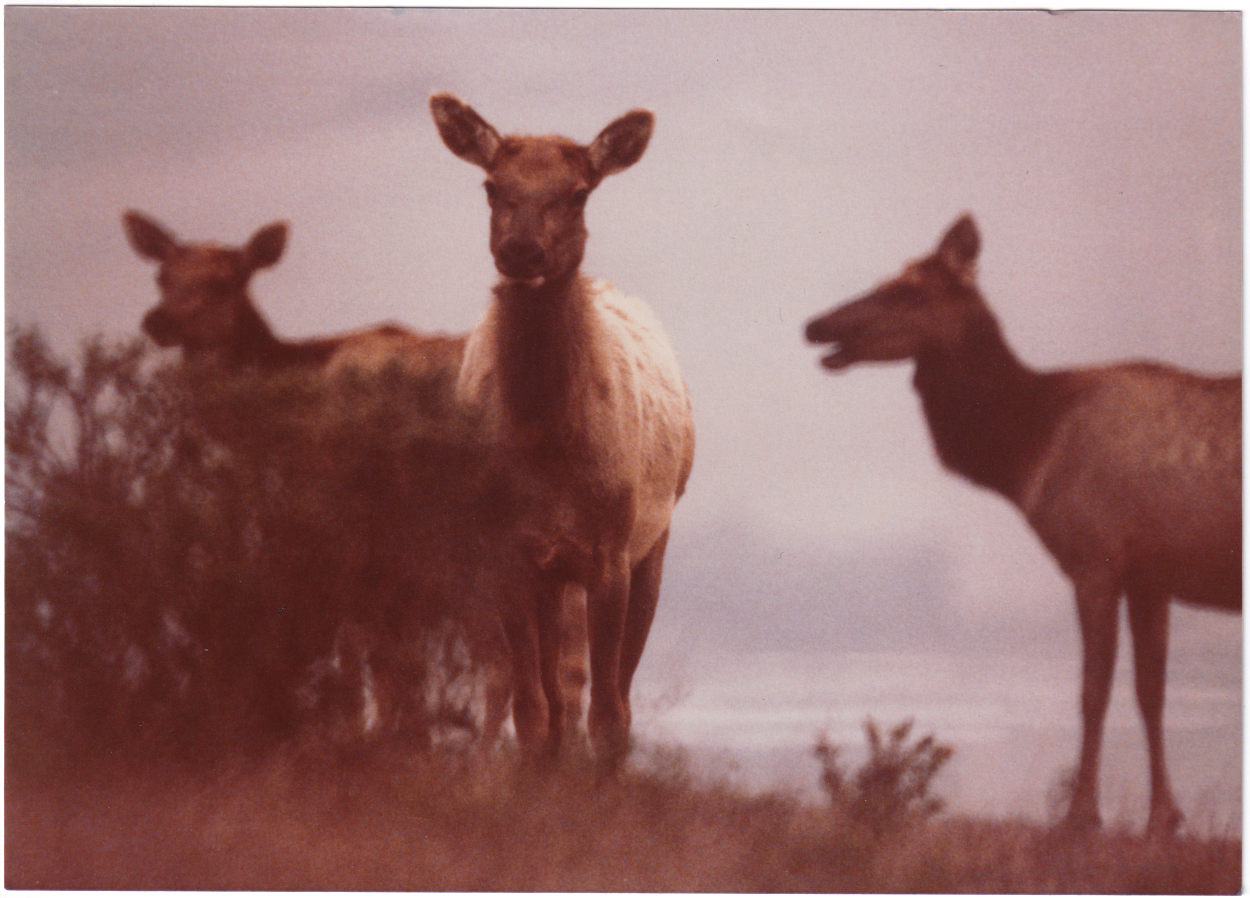Published
New role, big emotions, top of the tops
A few recent happenings.
I started working with the excellent Eames Institute last week as Engineering Lead. 🎉 It’s been good fun so far, and seems like a great team. A heck of a lot of things I care about are rolled up in that one role.
B is a gorgeous ball of wants and needs and joy and sorrow. He watched The Snowman last night with Sam for the first time while I was cooking dinner, I’m not sure he was emotionally prepared for the ending. 😢 And I wasn’t emotionally prepared for his reaction.
Recently, I got B a top for the first time in preparation for a long Thanksgiving flight. It didn’t capture his attention as much as I was hoping, hey ho, but on the flip side, I absolutely love it. I’d forgotten how fun tops are, and it reminded me of the most recent exhibition by the Eames Institute on their toy collection, particularly their tops. I can completely understand why someone would collect them, and could imagine slipping in to that…
Then I started looking in to their history, I had no idea how many different types of top there are! There’s even one that flips over while in motion to spin on its stem. Looking in to tippe tops took me to the absolutely glorious Grand Illusions channel on YouTube run by ex-BBC presenters Hendrik Ball and George Auckland and collector + presenter Tim Rowett. Besides their video about the tippe top, they have well over 500 videos on many other toys from Tim’s 20,000+ toy collection. This one particularly tickled me. I used to have that dolphin pen! And my god, do I want one of these.

